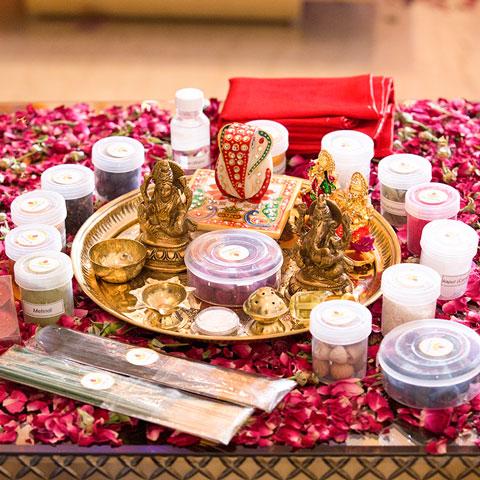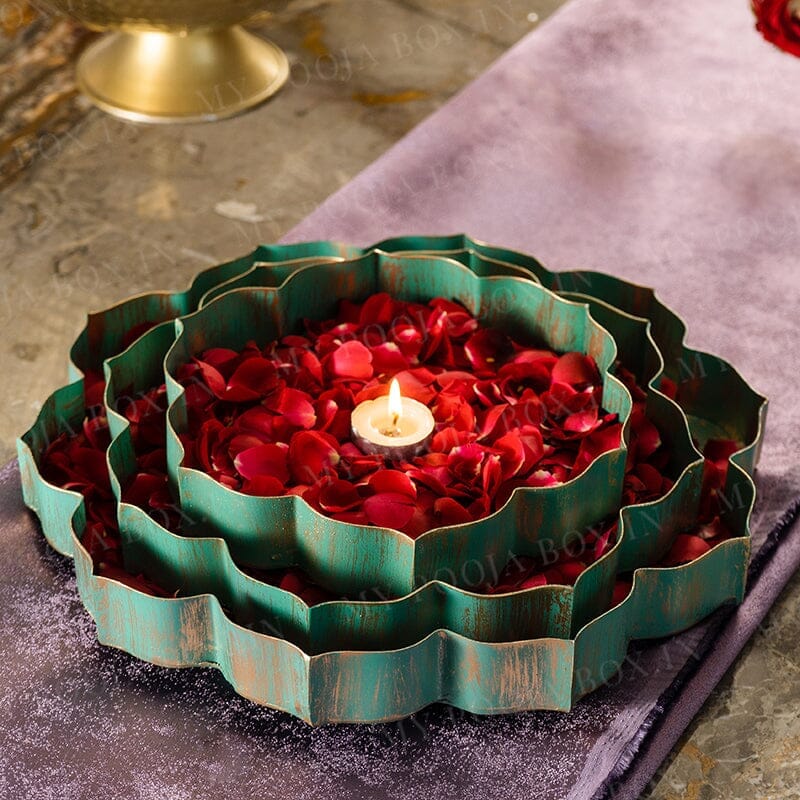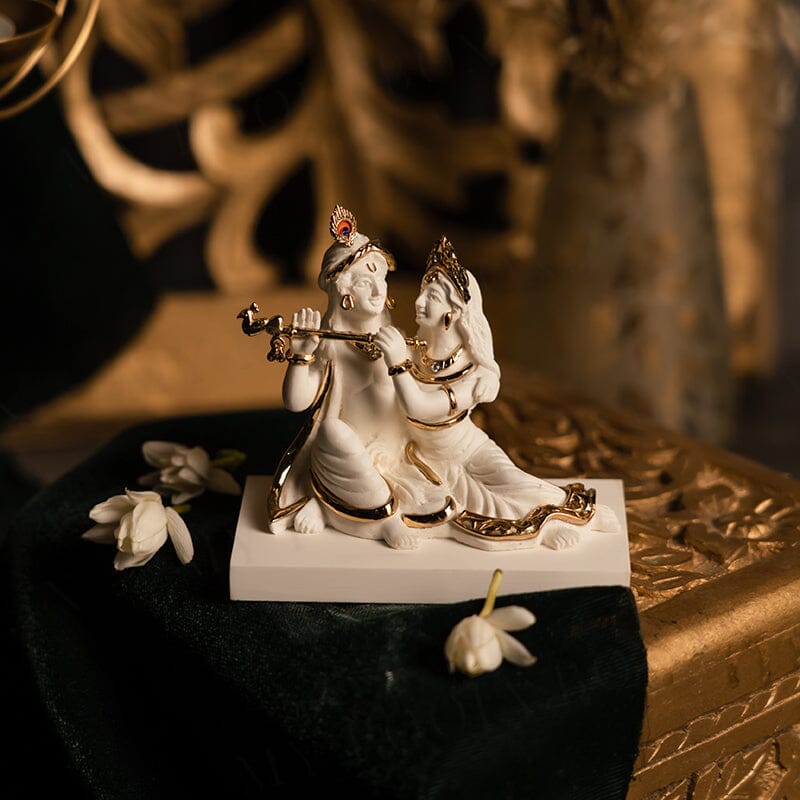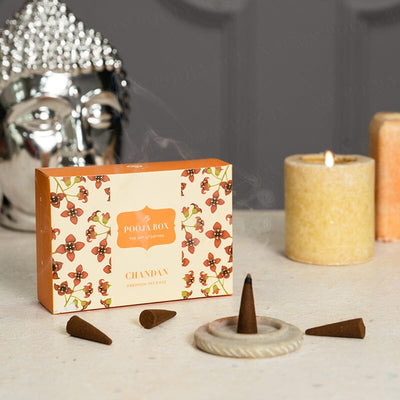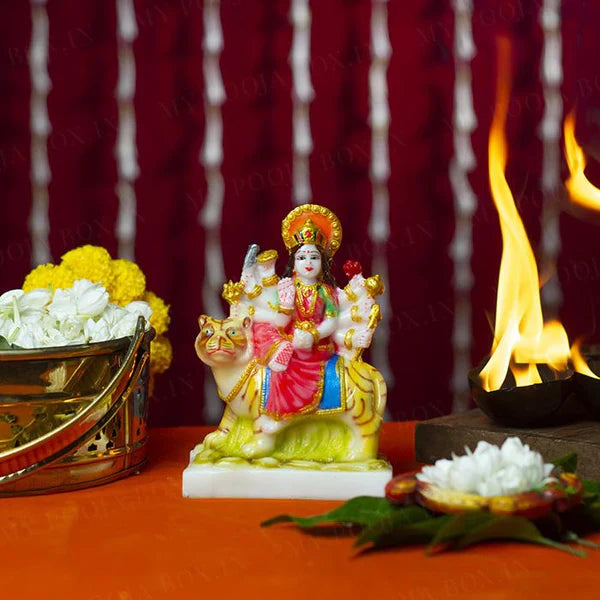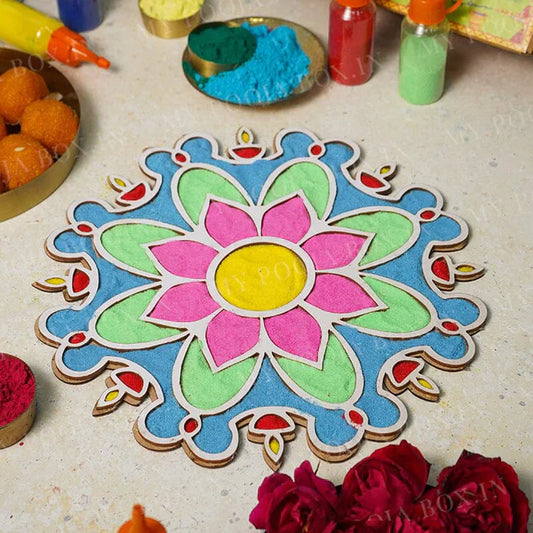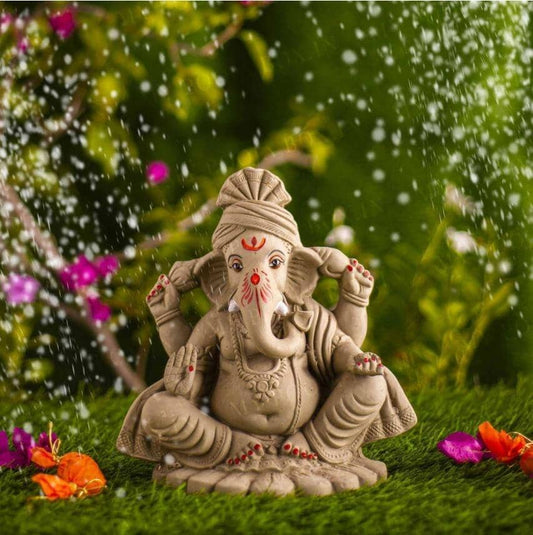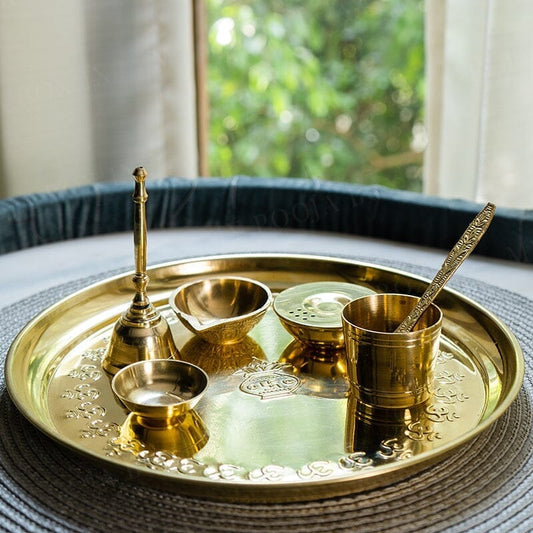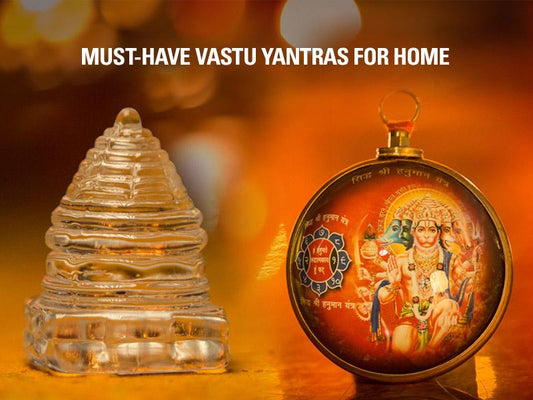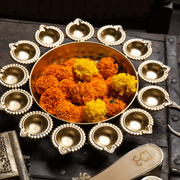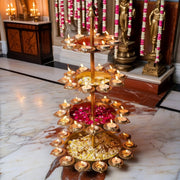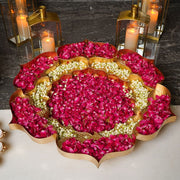The Navratri fast or 'vrat' as it’s called in Hindi, is easily one of the most popular traditions in the country. This festival is celebrated in honor of Goddess Durga’s triumph over the buffalo demon known as Mahishasuran.
Mahishasuran is said to have a boon that prevented him from getting killed by any man. After getting defeated multiple times by Mahishasuran, all the devas decided to combine all their divine energies and gave birth to Goddess Durga.
After fighting for 15 long days, Goddess Durga killed Mahishasur. To honor the goddess, devotees all over the country decorate their surroundings, recite the stories & chant scriptures from Hinduism. But perhaps most famously, devotees hold a fast.
In this particular article, we’re going to talk about the basic rules you need to follow to have an authentic and auspicious Navratri in 2024.
Here are the basic Navratri fasting rules you need to follow –
Navratri Fasting Rule 1 – Keep Your House Clean
What’s the first thing you ensure when you have guests coming over? That’s right, you make sure your house is spic and span. No one likes being welcomed into a dirty house and the same can be said about Maa Durga. Afterall, during your poojas, fasts & celebrations, you are inviting the goddess into your home. So do your best to ensure the house is as clean as it’s ever been. It’s the simple things like this that end up being missed by devotees during these festive times.
Navratri Fasting Rule 2 – No Onions, No Garlic
It is strongly advised to rid the home of any onions or garlic before the fasting period begins. It doesn’t matter if your fasting or not, it’s considered disrespectful to have onions and garlic in your home during this auspicious period.
Navratri Fasting Rule 3 – Fast Duration
Devotees all over the country try their best to fast for all 9 days. However, for a vast variety of reasons a lot of people can’t hold off this long. Whether it’s cause of old age or a sheer addiction for food, it’s not uncommon for people to fast for less than 9 days. If fasting all 9 days is something you can’t do, try allocating each day to one family member. He/she can hold the fast one day with others taking up a fast on 1 of each of the following days.
A lot of people prefer to fast on the first and last day, this is not recommended. According to religious experts, it’s better to fast on the last two days instead of fasting on the 1st & last day.
Navratri Fasting Rule 4 – Growing ‘Khetri’ Or ‘Barley’
It is strongly believed by religious experts that growing khetri during the Navratri fast is considered to be highly prosperous. It is said that the longer the ‘Khetri’ grows in height, the better your family’s good fortune.
Another school of thought suggests that one should look at the color of the ‘Khetri’, not the height. Green is considered to be auspicious whereas yellow is considered to be a bad sign.
On the last day of the Navratri fast, it’s considered auspicious to dip the ‘khetri’ in flowing water. If there is no water body around your home, you can place the ’khetri’ under a pipal tree in a temple.

Navratri Fasting Rules 5 – What To Eat In A Navratri Fast
It is said to completely avoid consuming items like wheat, rice, table salt, onions, garlic and seed-based or refined oils during these fasts. That being said, you can consume kuttu ka atta, singhare ka atta, rajgira ka atta and instead of rice you can have samai ke chawal or samvat ke chawal. Fruits are also perfectly good to eat and as far as drinks are concerned, you can drink buttermilk and lassi. Milk based products are okay as well! Like cottage cheese or paneer, white butter, malai etc.
It goes without saying that alcohol, non veg, eggs, smoking and so on are a big no no.
Navratri Fasting Rule 6 – The Kanjak Or Kanya Pooja
The 8th and 9th day of the Navratri vrat is celebrated by performing a Kanjak or Kanya Pooja. This pooja is conducted in order to please and worship all 9 forms of Goddess Durga. It involves dressing up prepubescent girls as Maa Durga and worshipping them as though they are actually the goddess. 9 girls are invited over for the pooja and each of them represent a form of Maa Durga.
Navratri Fasting Rule 7 – When To Break The Navratri Fast
The fasts are usually broken on the day one conducts the above mentioned “Kanjak Pooja”. This is either on the 8th or 9th day of the 9-day fasting period. That being said, the fasting rules for Navratri are quite flexible. The most important aspect of any festival is the dedication you give to the prayers & traditions as well as the purity of your heart during these ceremonies. If conducted with the right mind set and the right intentions, your fast is bound to be successful regardless of whether you fast all 9 days or not. Even missing a rule or two isn’t too much bother as long as your heart and intentions are clean. Goddess Durga is kind and forgiving to those who have a good heart. That being said, always try and follow the rules as carefully as you can while keeping a clean heart.
The festival is even more important as it celebrates women's courage and strength. Women are the backbone of our society. The role of woman keeps changing over the years and based on different scenarios she has to adapt to new roles and challenges. And, she ends up victorious on all the fronts. It's also the time to celebrate "The Modern Goddess".





